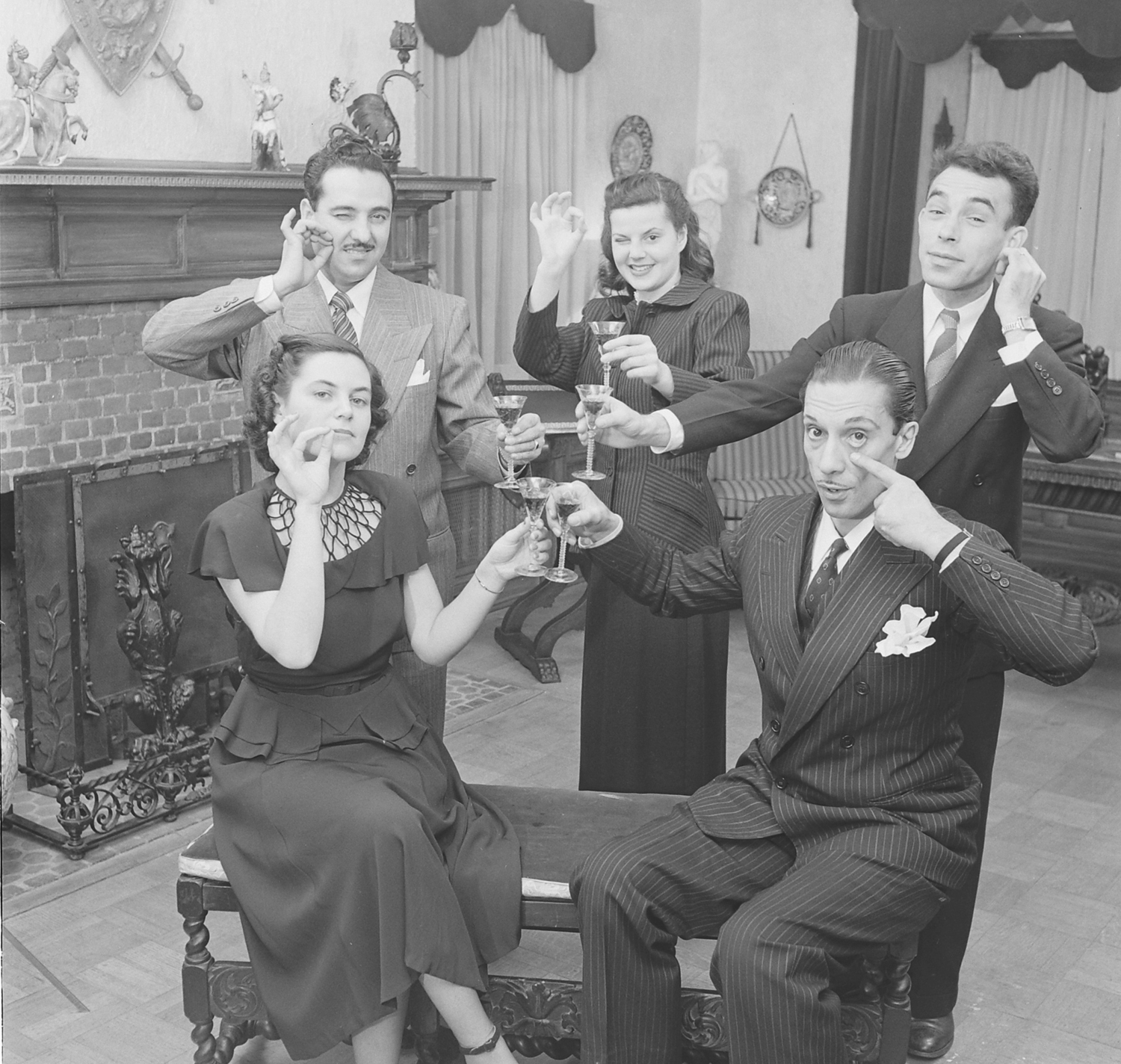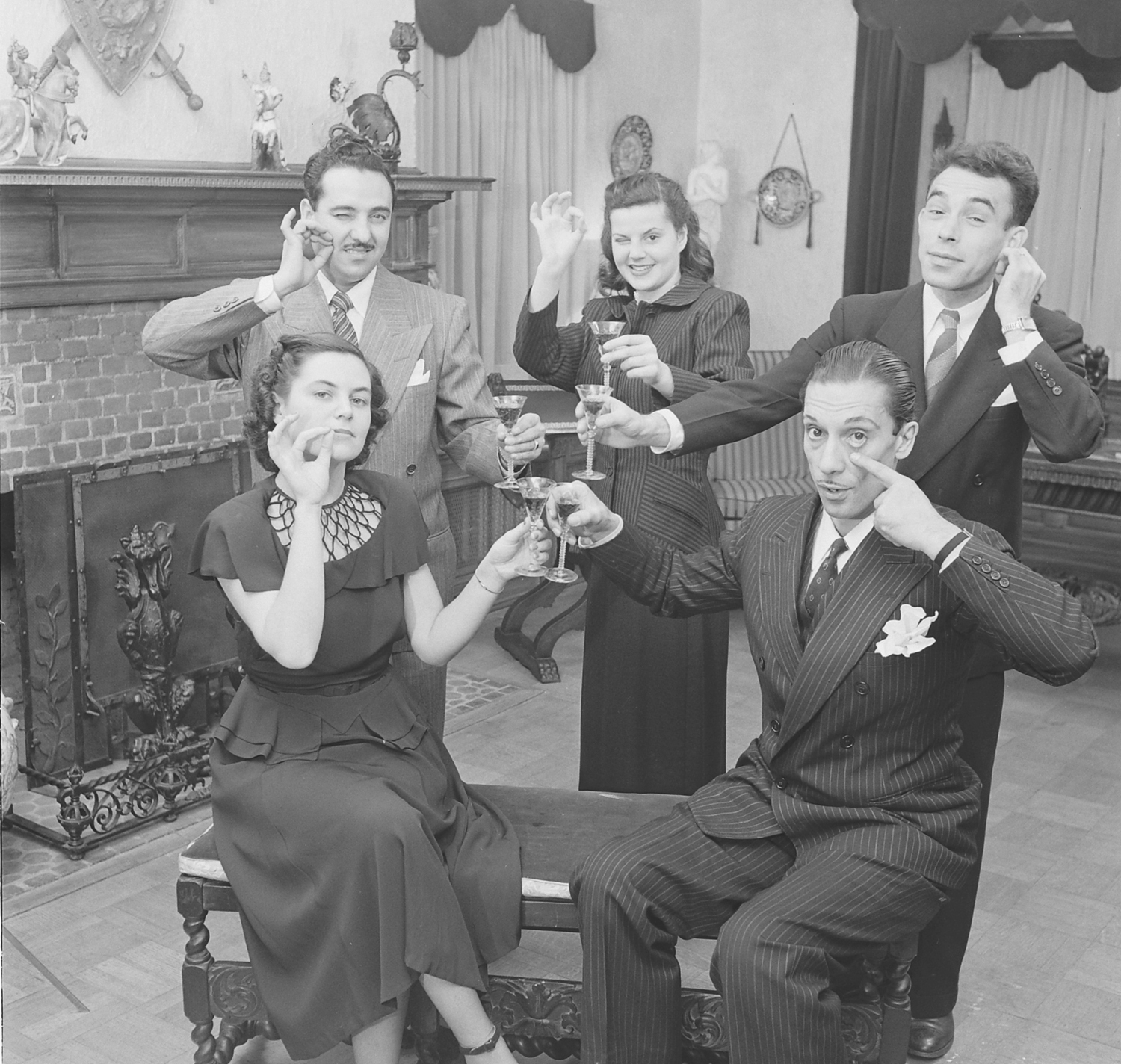
When off on your travels, please take note: across cultures, there are many, many different ways to signal the same idea or emotion with a distinct gesture. On the flip side, there’s always a danger that a hand motion or facial expression that’s completely harmless in one context means something entirely different—and perhaps something deeply offensive—in another.
Back in 1950, LIFE magazine profiled one Dr. Mario Pei of Columbia University, author of a book titled, The Story of Language. “There are some 700,000 gestures tucked away in different parts of the world,” LIFE wrote. For example, a gesture that means “So long!” in some Latin countries (palm up, fingers moving back and forth) is very similar to the American gesture for “Come here.” A tugging of an eyelid by a Brazilian signals the warning, “He’s a wise guy,” but the same gesture by a Colombian can mean, in effect, “That’s wonderful!”I
I never considered carrying a gesture guide along when I travel abroad, but it might be a good idea.

Delia Mandia is a native New Yorker and NYU undergraduate student whose passion is her global nonprofit organization, Night Night Monster. She also enjoys competitive gaming (she is world-ranked) on her custom-built, hydro-cooled PC, and attending Stargate conventions.

More Must-Reads from TIME
- Donald Trump Is TIME's 2024 Person of the Year
- Why We Chose Trump as Person of the Year
- Is Intermittent Fasting Good or Bad for You?
- The 100 Must-Read Books of 2024
- The 20 Best Christmas TV Episodes
- Column: If Optimism Feels Ridiculous Now, Try Hope
- The Future of Climate Action Is Trade Policy
- Merle Bombardieri Is Helping People Make the Baby Decision
Contact us at letters@time.com